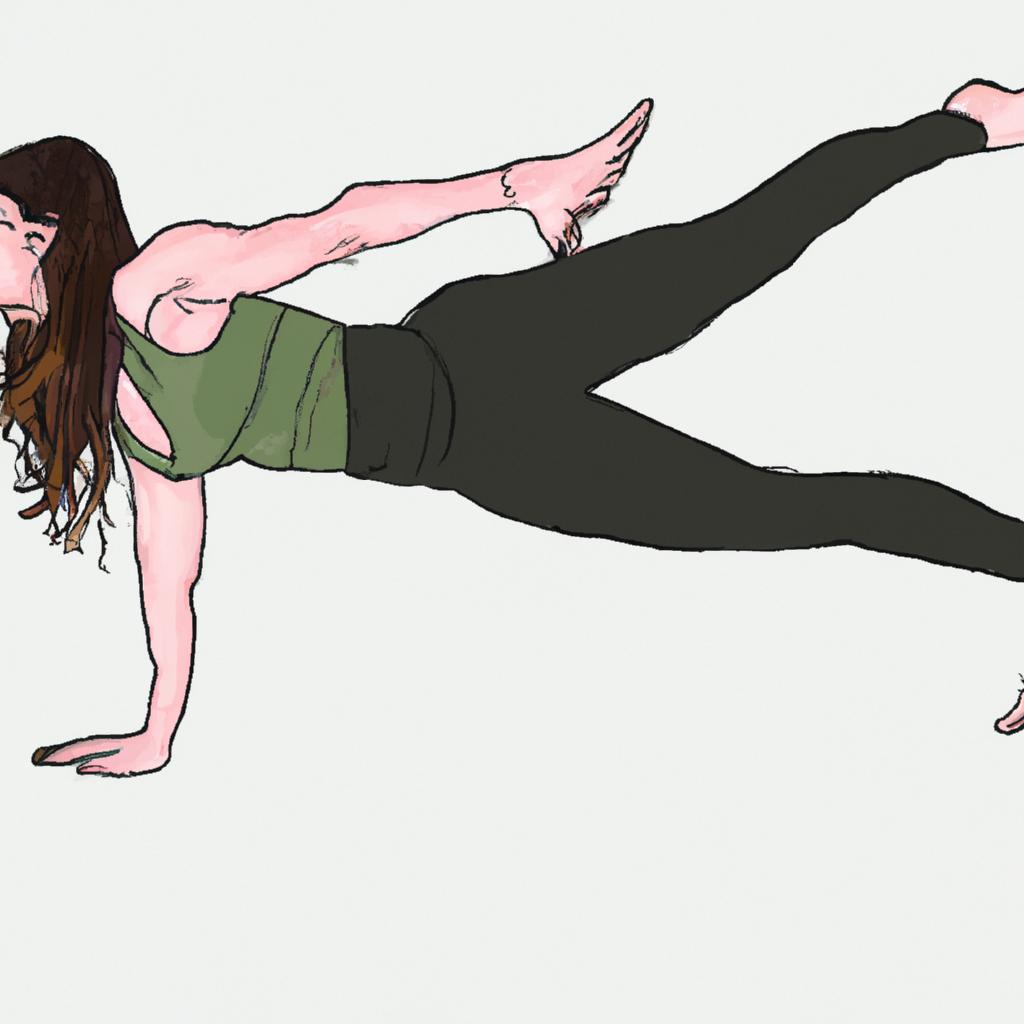Yoga for Athletes: The Role of Dynamic Yoga Sequences in Enhancing Agility and Flexibility for Competitive Sports
Yoga for Athletes: The Role of Dynamic Yoga Sequences in Enhancing Agility and Flexibility for Competitive Sports
Athletes seek methods to optimize performance. Many find transformative benefits in incorporating yoga into their training. Dynamic yoga sequences enhance agility and flexibility, both essential for competitive sports.
Understanding Dynamic Yoga Sequences
Dynamic yoga sequences consist of flowing movements that link various postures. Unlike static yoga, dynamic yoga emphasizes continuous motion. This style fosters strength and stamina while encouraging core engagement. The Sun Salutation sequence, featuring Downward Dog, Cobra, and Forward Fold, illustrates the invigorating benefits of flowing movements for athletes.
Dynamic sequences challenge balance, coordination, and endurance. Athletes engage multiple muscle groups simultaneously, enhancing body awareness. This increased kinesthetic awareness improves physical performance in sports.
The Importance of Nutrition in Athletic Performance
Yoga contributes significantly to an athlete’s physical capabilities, but nutrition also plays a vital role. A well-balanced diet forms the foundation for optimal performance. Athletes need a mix of carbohydrates, proteins, and healthy fats for training and recovery. Carbohydrates fuel high-intensity workouts, while proteins support muscle repair and growth. Healthy fats promote overall health and provide energy.
Hydration remains critical. Dehydration can decrease performance and cause muscle cramps and fatigue. Athletes should consume adequate fluids before, during, and after training. Adding electrolytes can replenish essential minerals lost through sweat.
Specific nutrients promote recovery and joint health. Omega-3 fatty acids, found in fatty fish and flaxseeds, support joint mobility. Antioxidants in fruits and vegetables combat oxidative stress and reduce inflammation, facilitating quicker recovery. A nutrient-rich diet optimizes performance and enhances overall health.
Exercise Advice: Incorporating Yoga into Training
Integrating yoga into training yields numerous benefits. Athletes should approach the practice mindfully. Start with foundational poses and progress to complex sequences as comfort increases. Downward Dog, Warrior I, and Pigeon pose serve as excellent starting points for enhancing strength, flexibility, and focus.
As athletes develop their practice, they must pay attention to their breath. Breath control is fundamental in yoga and impacts movement quality and overall performance. Synchronizing breath with movement enhances concentration, reduces stress, and improves endurance in yoga and competitive sports.
To incorporate dynamic yoga sequences into training, athletes should dedicate specific time each week for practice, either independently or with a qualified instructor. This commitment promotes physical benefits and nurtures mental resilience, helping athletes stay focused under pressure.
Conclusion
Dynamic yoga sequences add value to an athlete’s training, significantly enhancing agility and flexibility. Combined with a balanced diet and proper hydration, yoga empowers athletes to reach peak performance while fostering holistic well-being. By embracing yoga principles, athletes cultivate a deeper connection to their bodies and improve their physical capabilities for greater success in competition.
Below are related products to the topic if you’re interested:
FAQ
What are dynamic yoga sequences and how do they benefit athletes?
Dynamic yoga sequences consist of flowing movements that link various postures, emphasizing continuous motion over static holds. For athletes, these sequences enhance agility and flexibility, foster strength and stamina, and improve core engagement. By challenging balance, coordination, and endurance, dynamic yoga helps athletes develop body awareness and kinesthetic sense, which translates to improved physical performance in their respective sports.
How important is nutrition in conjunction with yoga for athletic performance?
Nutrition plays a vital role in an athlete’s performance, complementing the physical benefits of yoga. A well-balanced diet rich in carbohydrates, proteins, and healthy fats is essential for energy, muscle repair, and overall health. Hydration is equally important, as dehydration can negatively impact performance. Specific nutrients, such as omega-3 fatty acids for joint health and antioxidants for recovery, further optimize athletic performance and contribute to an athlete’s well-being.
How can athletes effectively incorporate yoga into their training routine?
Athletes can effectively incorporate yoga by starting with foundational poses and progressively advancing to more complex sequences as they become comfortable. Key poses like Downward Dog, Warrior I, and Pigeon are excellent starting points. It’s important for athletes to focus on their breath, synchronizing it with movement to enhance concentration and reduce stress. To reap the full benefits,















Post Comment